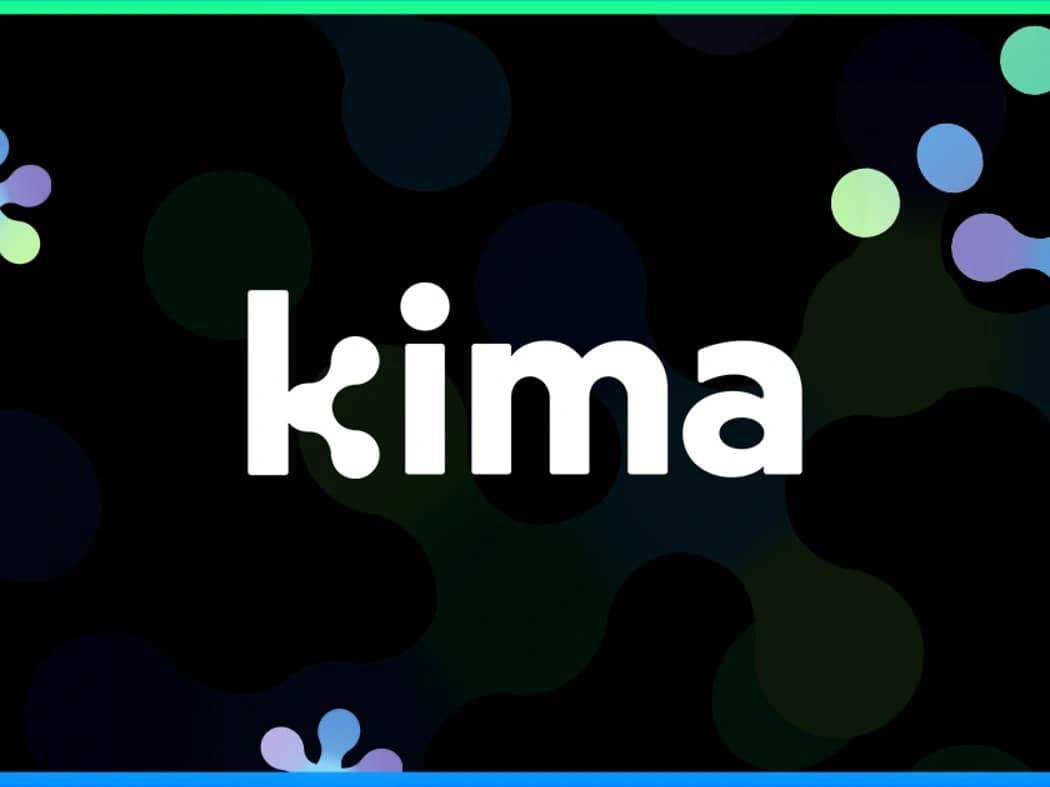위키 구독하기
Share wiki
Bookmark
Kima Network
Kima Network
Kima Network는 암호화폐 및 금융 부문의 분열을 해결하는 분산형 결제 프로토콜입니다. 스마트 트랜잭션(Smart Transaction) 기본 기능과 Web3 및 Web 2.0 애플리케이션과 호환되는 SDK를 도입하여 체인 간 및 하이브리드 거래를 가능하게 합니다. Kima의 결제 계층은 다양한 금융 서비스(다중 생태계 결제, 크로스체인 DEX 스왑, 옴니채널 지갑 포함)를 지원하여 법정화폐와 암호화폐 간의 안전하고 접근 가능한 연결을 제공합니다. [1]
개요
Kima(구 Diversifi)는 투자 은행, 펀드, 브로커 및 암호화폐 보유 기업을 포함한 기관을 위한 기술 중심의 암호화폐 자산 관리 플랫폼입니다. 정교한 헤징, 규제 프레임워크 및 환경 친화적인 투자 옵션과 같은 기능을 통해 디지털 통화 투자에 대한 위험 완화 전략을 제공합니다. Kima의 투자 도구는 블록체인 여러 개를 지원하며, 구조화된 암호화폐 전략, 스마트 헤지, 균형 포트폴리오 및 탄소 상쇄 친환경 암호화폐 이니셔티브와 같은 제품을 포함합니다. 이 플랫폼의 보호된 BTC 전략은 잠재적 이익의 일부를 대가로 손실 보호를 제공하여 투자자가 비트코인 변동성을 관리하는 데 도움이 됩니다. [2][3]
기능
Kima 블록체인
Kima는 추가적인 유동성 분열을 생성하지 않고 상호 운용성 문제를 해결하도록 설계된 블록체인입니다. 토큰 래핑 없이 크로스체인 원자 스왑을 가능하게 하여 이더리움, 폴리곤, 솔라나와 같은 여러 레이어-1 블록체인에서 유동성 풀을 유지합니다. Cosmos SDK를 사용하여 구축된 Kima는 회전 감시자(warden)가 임계값 서명 방식을 통해 크로스체인 거래를 모니터링하고 승인하는 위원회 기반 합의 메커니즘을 사용합니다. 블록체인 아키텍처는 권한 부여 및 권한 없는 방식으로 보안과 분산화의 균형을 맞춥니다. 주요 기능으로는 감시자 위원회 관리, 거버넌스 실행, 감사 가능한 기록 유지 및 크로스체인 메시징 활성화가 있습니다. 감시자 위원회는 크로스체인 전송을 처리하여 안전하고 책임 있는 거래를 보장하며, 검증자의 잘못된 행위에는 처벌이 적용됩니다. 합의 및 인프라는 Axelar 및 Thorchain과 같은 검증된 Cosmos 기반 시스템을 기반으로 합니다. [4]
Kima 플랫폼
Kima 플랫폼은 합성 토큰이나 래핑된 토큰 없이 크로스체인 상호 운용성을 제공합니다. 레이어-1 블록체인(예: 비트코인, 이더리움, 테라, 솔라나)에서 유동성 풀을 유지합니다. 사용자가 체인 간에 자산(예: USDC)을 전송하려는 경우, 한 체인의 Kima 풀에 USDC를 입금하고 대상 체인의 Kima 풀에서 인출합니다. Kima 블록체인은 위원회 기반 합의를 사용하여 이러한 거래를 감독하고 동기화하며, 회전하는 감시자는 풀 간의 전송이 제대로 검증되도록 합니다. 임계값 서명 방식(TSS)은 신뢰 실행 환경에서 작동하는 감시자를 통해 프로세스를 보호합니다. [5]
임계값 서명
임계값 서명 방식(TSS)을 통해 참여자 또는 공동 서명자는 디지털 서명을 위한 비밀 서명 키를 공동으로 생성하고 제어할 수 있습니다. 미리 정의된 임계값의 참여자가 단일 키로 생성된 것과 동일하게 보이는 유효한 서명을 생성하기 위해 협력해야 합니다. TSS에서 참여자는 키 공유를 보유하고 메시지에 서명하기 위해 협력하는 반면, 멀티시그 시스템은 각 공동 서명자가 스마트 계약에 의해 집계된 서명을 가진 별도의 키를 보유하는 것을 포함합니다. TSS에는 각 참여자가 개인 키 공유를 받는 분산 키 생성과 이러한 공유를 사용하여 서명을 생성하는 분산 서명 생성의 두 가지 주요 프로토콜이 포함됩니다. 이 방식의 보안은 임계값 속성에서 비롯되며, 이는 일부 참여자의 키 공유가 손상되더라도 기본 비밀이 보호되도록 합니다(특히 주기적인 재랜덤화를 통해). 이는 적대자가 시간이 지남에 따라 전체 비밀 키에 대한 지식을 축적하는 것을 방지합니다. [5]
KIMA
KIMA 유틸리티 토큰 모델은 블록체인을 보호하고, 유동성 제공자와 검증자를 유인하며, 분산형 결제 계층을 가능하게 함으로써 프로토콜을 지원합니다. 플랫폼의 효율성과 유용성을 향상시키는 것을 목표로 합니다. 토큰 판매 후 $KIMA는 초기에는 기능이 제한적이며 개발이 진행됨에 따라 추가 기능이 점진적으로 출시될 것입니다. [6]
파트너십
- Stage
- Forward
- Unich
- GT Protocol
- Whistle
- Definity
- Penomo
- Gabby World
- Plena
- Kita
- BEVM
- Nika Labs
- Trikon
- Fuse
- Synapse
- Hybrid
- Pastel
- Massa
- Klink
- WalletX
- Orochi
- Oraichain
- Glyph
- Lumoz
- Blazpay
- WOW EARN
- ElectroWizy
- Gate.io
- Port3
- Hooked
- DeGuard
- TrintyPad
- Attractor
- 3VO
- Aethir
- FoxWallet
- Nitrodome
- iLuminaryAI
- Tea-Fi
- Fizen
- Monitok
- Script Network
- Atleta
- Tilted
- Zo.Me
- Areon
- ZkAGI
- HyperGPT
잘못된 내용이 있나요?
